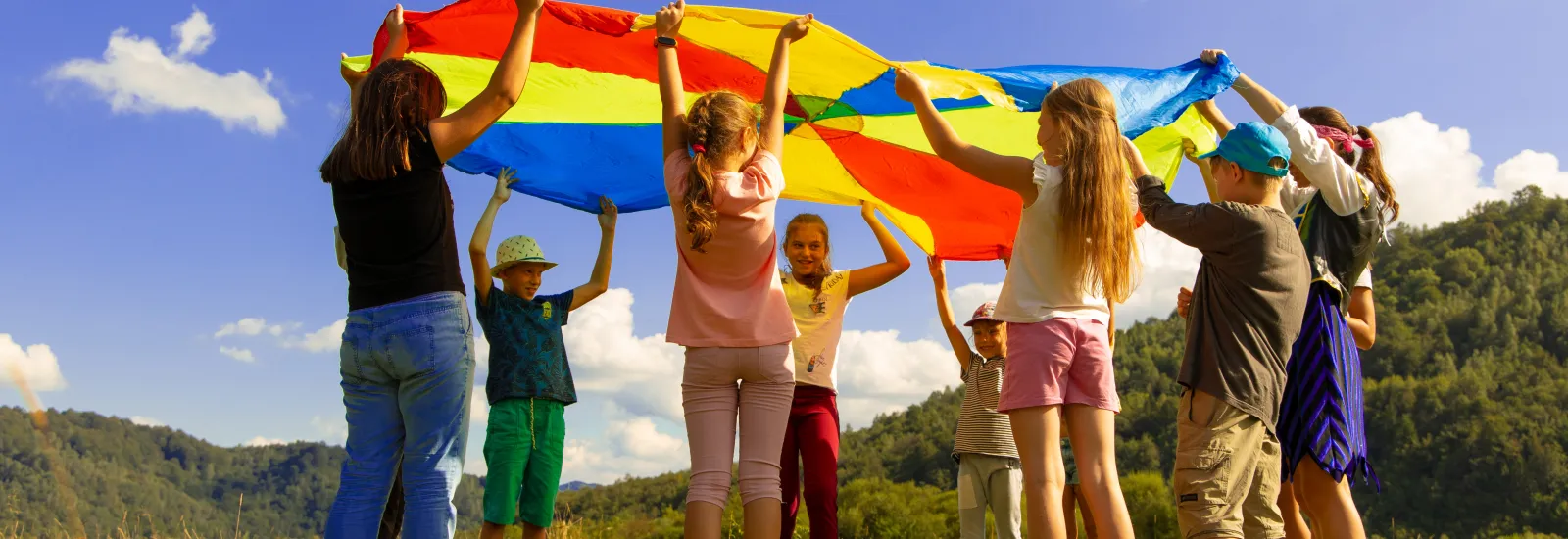
Seasonal allergies in children: How to spot them and what to do
With the return of warm weather and longer days your children probably want to spend more time playing outside. But if they suffer from seasonal allergies you might worry about exposing them to allergens. Here's an overview of common seasonal allergies in children the symptoms and treatment options.
Common seasonal allergies in children
According to the American College of Allergy Asthma & Immunology (ACAAI) seasonal allergies or hay fever are allergic reactions to pollen from trees grasses and weeds that typically occur during the fall and spring. Other seasonal allergies may develop from mold which exists in our homes year-round but generally flourishes during the warm and humid months says the ACAII. Other summer seasonal allergies are caused by barbecue pit and campfire smoke insect bites and stings and chlorine.
Seasonal allergy symptoms
For most children seasonal allergies are more unpleasant than serious. The most common seasonal allergy symptoms — triggered when pollen gets into the eyes nose and lungs — include runny nose coughing sneezing nasal congestion and watery or itchy eyes says the American Academy of Pediatrics.
While there's no cure for seasonal allergies many over-the-counter and prescription medications are available to provide relief from symptoms. More serious seasonal allergy symptoms like rashes hives difficulty breathing and asthma attacks warrant a visit to your child's doctor or allergy specialist immediately.
Informing others
As the ACAAI notes 28 million American children are affected by seasonal allergies each year. Ensure your child doesn't suffer while in school or at play by informing teachers caregivers camp counselors and coaches about your child's allergies triggers severity of attacks and medication used to control symptoms. This information allows supervisors to take preventive measures to reduce reaction risks and prepares them to assist your child if an allergic reaction occurs. Additionally teaching your child about his or her allergic triggers can help to avoid them.
Avoiding seasonal allergies
While there's no cure for seasonal allergies there are several ways that caregivers can decrease allergen exposure. Among the best ways to treat seasonal allergies in children is to eliminate or at least reduce exposure to allergy triggers. Here are some ways you can do that:
- Keep windows in schools homes and cars closed on days when the pollen count is high.
- Use air conditioning or oscillating fans to promote airflow and to keep pollen away while indoors.
- Remove and wash clothes worn outside to keep pollen from getting indoors (since pollen can be tracked indoors on clothing).
- Shower after outside play which can ensure pollen on skin and hair doesn't create an allergic reaction.
- Follow weather reports for a daily pollen count that may affect the number and severity of allergic reactions your child experiences.
- Avoid recess sports and outside play when pollen is high.
Taking certain medications like antihistamines and decongestants can help if reducing or avoiding contact with allergy triggers is not possible. However always talk to a pediatrician before giving your child any medications. Or see our certified Allergist/Immunologist Dr. Jason Casselman.

